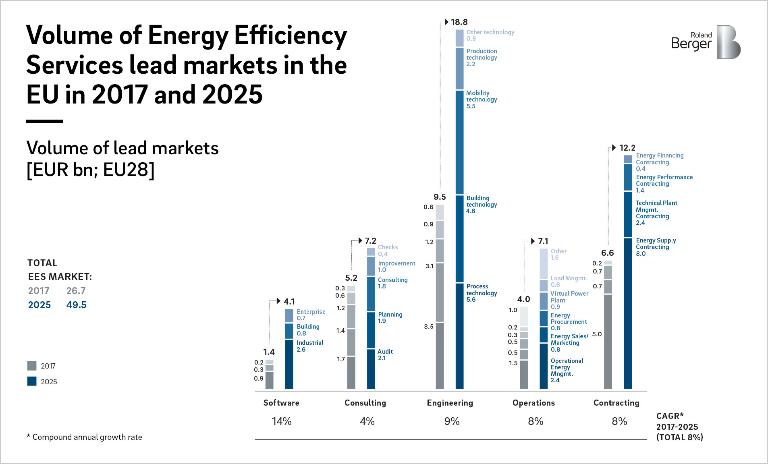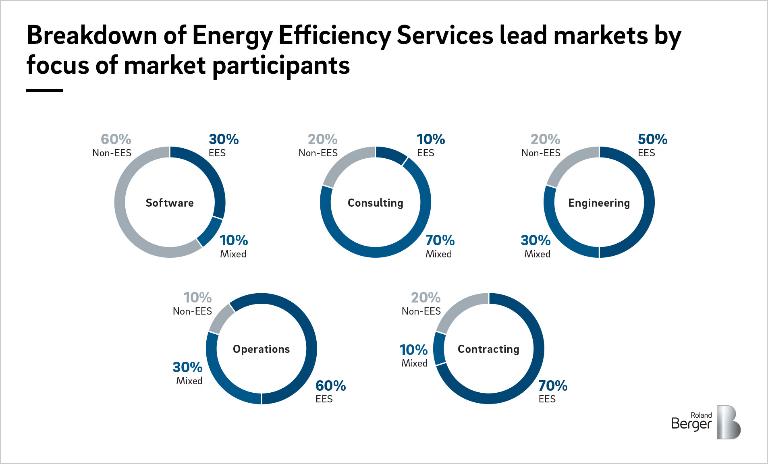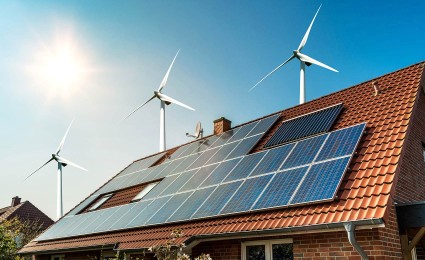Energy efficiency services: a key market in the European industrial landscape
![{[downloads[language].preview]}](https://www.rolandberger.com/publications/publication_image/roland_berger_485_energy_efficiency_cover_3_download_preview.jpg)
A Roland Berger study analyzed the market for energy efficiency services in Europe and found that it will almost double in size by 2025. This offers opportunities and challenges for companies active in the sector as well as new market entrants.









